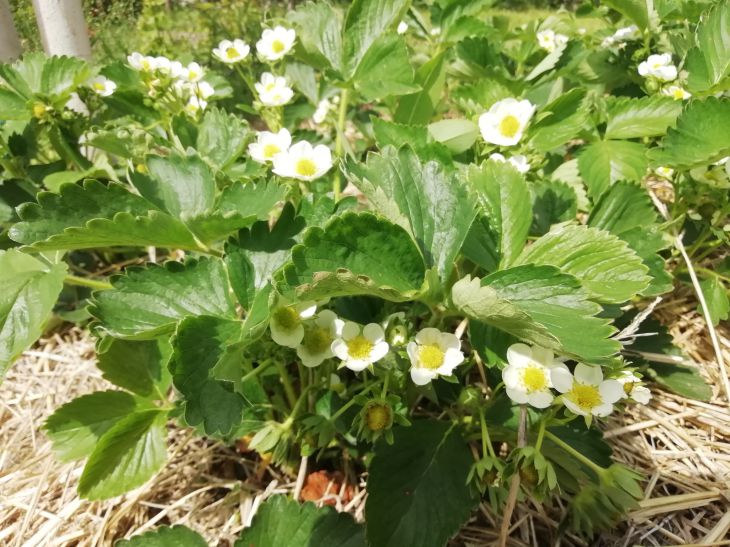Spring is the perfect time to start preparing your strawberry garden for a bountiful harvest.
Proper fertilization is a critical step in ensuring the health and productivity of your strawberry plants.
Here are some tips for successfully fertilizing your strawberries in the spring.
Know your soil type: Understanding the pH and nutrient levels of your soil is essential to choosing the right fertilizer.
A soil test will give you a clear idea of what your soil needs and how to adjust the pH levels if necessary.
Use the right fertilizer: Look for a balanced fertilizer that contains equal amounts of nitrogen, phosphorus, and potassium. Nitrogen promotes leaf growth, phosphorus promotes root development, and potassium helps strengthen the plant against disease and stress.

Timing is everything: Fertilize your strawberries in the spring, just before new growth begins. This will ensure nutrients are readily available when the plants need them most.
Avoid over-fertilizing: Too much fertilizer can harm your plants, causing yellowing leaves and slow growth.
Follow the recommended application rates on the fertilizer package and avoid applying fertilizer directly to foliage.
Consider organic options: If you prefer to use organic fertilizers, consider using compost, well-rotted manure, or blood meal.
These natural fertilizers will provide your plants with a slow and steady release of nutrients.
Use mulch: Applying a layer of mulch around your strawberries will help retain soil moisture and suppress weeds. It will also help prevent fertilizer runoff and keep nutrients in the soil where they belong.
Monitor your plants: Check your plants regularly for signs of stress or disease, such as yellowing leaves or stunted growth.
If you notice any problems, adjust your fertilization regimen as needed.








